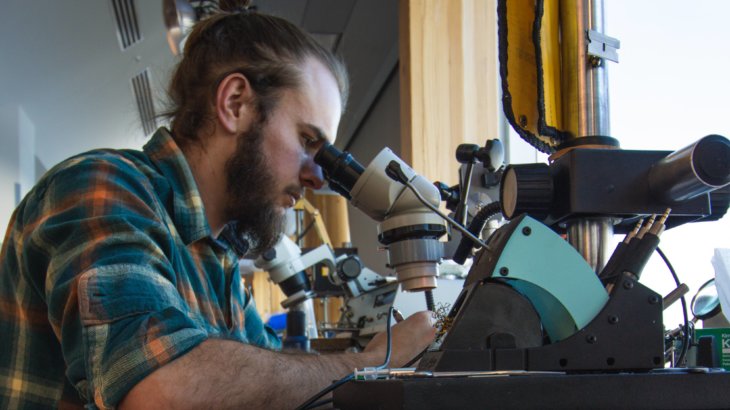The pelvic floor is made up of muscles that support organs like the bladder and uterus. When this floor is weakened by excess abdominal pressure, these organs can slip outside of the cavity, causing pelvic floor failure. This disease is becoming increasingly prevalent — one in four women will experience symptoms of pelvic failure, while one in nine will undergo surgical correction.
Until recently, intra-abdominal pressure was measured with a catheter. This process required a large machine, and was uncomfortable and time-consuming. Stefan Niederauer, a biomedical engineering Ph.D. candidate at the U, along with the rest of professor Robert Hitchcock’s lab, has developed a less invasive, portable device that, when inserted into the upper vagina, measures intra-abdominal pressure. Over the last few years, this device has been used to study the intra-abdominal pressure in women having their first child. The results of this study sparked the pairing of the device and the physical therapy department’s motion capture technology to learn how to improve every day motion.
“Through the MOCAP study, we’ll develop a model that will tell us that one person leaned out an extra foot than another person and generated this much more pressure,” Niederauer said. “We’ll be able to provide recommendations for people who do repetitive tasks. For example, if nurses lean over beds to change IVs, we can recommend they move in a certain way to protect their pelvic floor.”
The results of this pilot study, which features 10 women, will be used to create a comprehensive set of recommendations to help mitigate the chances of contracting pelvic floor disorders.
More articles like this in ‘Student Innovation @ the U!’
Find this article and a lot more in the 2019 “Student Innovation @ the U” report. The publication is presented by the Lassonde Entrepreneur Institute to celebrate student innovators, change-makers and entrepreneurs.




